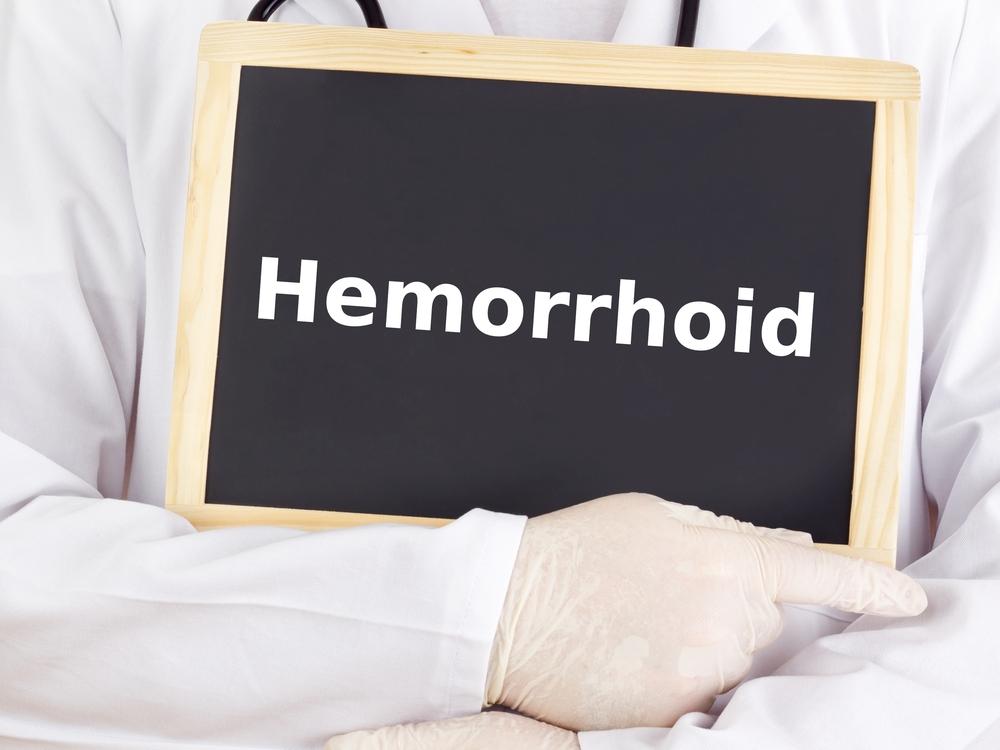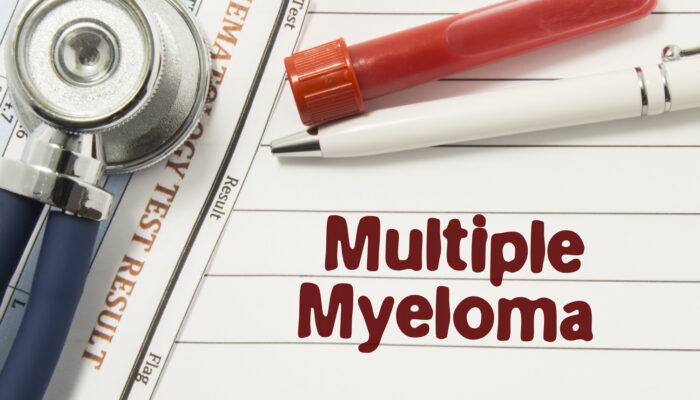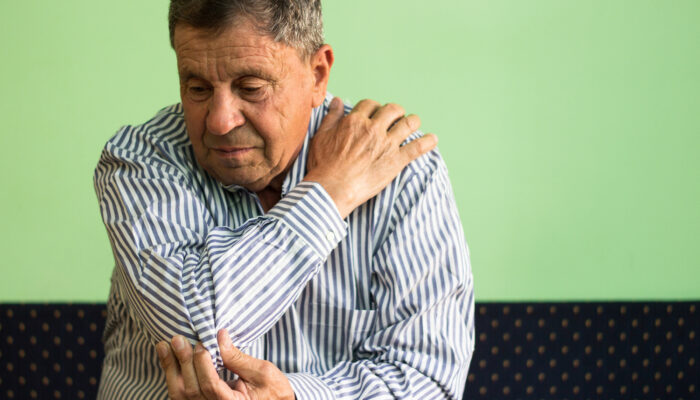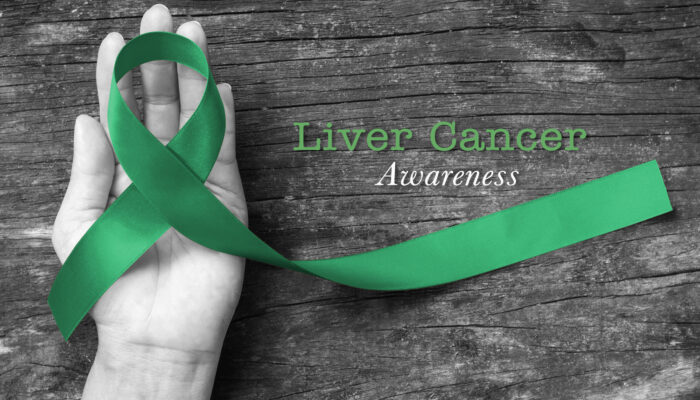
Causes and diagnosis of hemorrhoids
Hemorrhoids, commonly called piles, are swollen veins in and around the anus and lower rectum. The rectum is the lowest part of the large intestine, terminating at the anus. In their normal state, the vascular structures are like cushions which help with stool control but become a problem when they are swollen or inflamed. The swelling can be from the size of a small pea pod or can be as large as a grape. Hemorrhoids may be internal(located inside the rectum) or external (protrude outside the anus).
External hemorrhoids usually require no particular treatment unless it becomes thrombosed or causes patients discomfort. Minor internal hemorrhoids can be treated with medication and non-operative measures. Surgery is required only for high-grade internal hemorrhoids or when other non-operative treatments are not effective.
Problematic Hemorrhoids are very common among adults between the age of 45 and 65 and affects at least 50 percent of adults before the age of 50. This is because the tissues supporting the veins in the rectum and anus can weaken with age and stretch. Women are more likely to develop the condition during pregnancy. The swelling usually goes away after childbirth.
The common causes of hemorrhoids are
- Chronic Constipation and straining during bowel movements
- Sitting for long periods of time in the toilet
- Low-fiber diet
- Obesity
- Pregnancy
All of the above symptoms cause strain and cause a sudden rise in blood pressure in the hemorrhoid cushion. Besides the above EDS, a genetic disorder, which causes a lack of collagen and impairment of pelvic tissues leads to hemorrhoids.
A lot of studies has gone into the argument that western-style toilets have increased the incidence of piles. This is supported by the fact that Piles is on an increase in Asia, the Middle East, and African countries where only recently more people have switched to the western style commode. The link between the use of the sitting position and hemorrhoids has been validated by clinical research. Israeli doctor Dov Sikirov tested this idea for the study, published in 2003 in Digestive Diseases. The study found that squatting during defecation reduced the time for movement of the bowels and defecating was much easier, thereby putting less strain on the anal and rectal vessels. Squatting widens the anorectal angle and relaxes the puborectalis muscles.
When to consult your doctor- Though hemorrhoids are very common the good news is that most often the symptoms resolve themselves or can be treated and cured with natural remedies. Consulting with a healthcare provider is necessary when the condition does not improve and it causes pain or bleeding. Never be embarrassed to tell your doctor about the symptoms. A visual examination of your anus can diagnose hemorrhoids. In case of any doubts, a digital rectal exam or an additional test called a sigmoidoscopy is done. Early intervention would certainly avoid any further damage.



